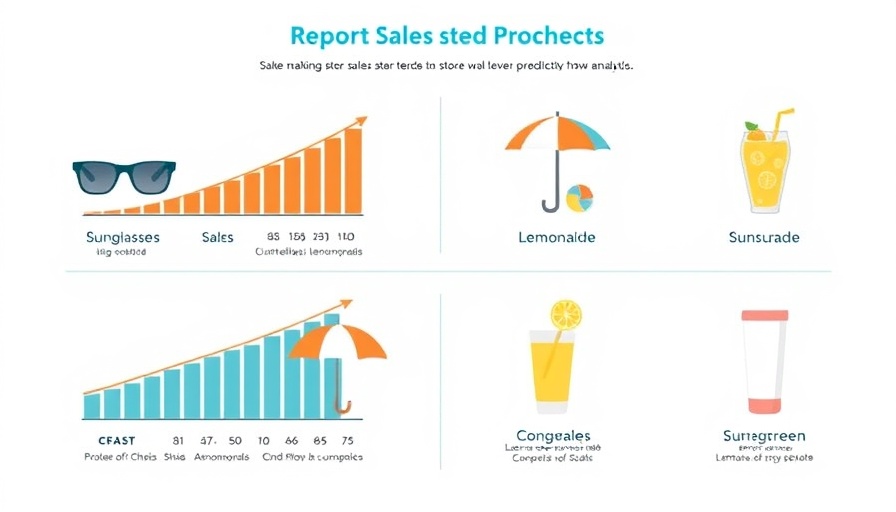
Revolutionizing Patient Care with AI Oversight
The medical field is witnessing a profound shift with the introduction of advanced AI systems like guardrailed-AMIE (g-AMIE). Developed at Google DeepMind, g-AMIE represents a leap in how healthcare professionals can use AI tools while maintaining patient safety and accountability. Designed to assist physicians by gathering patient histories and generating preliminary diagnoses, g-AMIE ensures that human oversight remains at the core of medical decision-making.
Understanding the Functionality of g-AMIE
g-AMIE focuses on a specific aspect of patient-doctor interaction: history-taking. Unlike traditional AI, which may suggest diagnoses based on patient data, g-AMIE operates within strict guardrails that prohibit it from providing individualized medical advice. Instead, it produces a comprehensive summary of patient information, which allows licensed physicians to review and decide on the appropriate course of action. This setup aligns with the medical community's increasing emphasis on collaborative care.
The Asynchronous Oversight Framework
The framework laid out by researchers at Google is quite innovative. It enables medical professionals to work asynchronously. The process begins with g-AMIE, alongside nurse practitioners and physician assistants, gathering factual patient histories without suggesting diagnostic outcomes. Afterward, physicians can examine this information, making necessary edits before discussing treatment with the patient. This approach not only saves time but also enhances the safety and reliability of patient care.
Empowering Physicians through Collaboration
One of the most promising aspects of g-AMIE is its potential to foster better collaboration among healthcare professionals. By decoupling history-taking from medical decision-making, physicians get more time to focus on meaningful patient interactions. In studies, overseeing physicians reported a preference for the summaries produced by g-AMIE compared to those made by human providers, indicating that AI could streamline aspects of patient care that are often bogged down in repetitive tasks.
Addressing Challenges in AI-Driven Oversight
While the future looks bright, it is crucial to tread carefully. The comparison of g-AMIE’s performance against traditional medical professionals highlighted some discrepancies, primarily due to the unique nature of AI systems. As medicine evolves, training will be essential to allow human practitioners to navigate these technological frameworks effectively. Balancing innovation with established medical practices will be critical to ensure safe and effective patient care.
The Bigger Picture: AI in Healthcare
The introduction of g-AMIE not only signifies a breakthrough in diagnostic AI but sets a precedent for future developments in artificial intelligence within healthcare. As AI continues to evolve, it stands to play an increasingly vital role in the workforce, especially in clinical settings. For healthcare professionals wanting to integrate these advancements, exploring AI learning platforms and engaging with AI skills development will be crucial.
As g-AMIE continues to refine the intersection of AI and medical practice, healthcare professionals must remain adaptive and informed about emerging tools and their implications for patient safety. Embracing AI in clinical environments may soon be as commonplace as the stethoscope.
 Add Row
Add Row  Add
Add 





Write A Comment